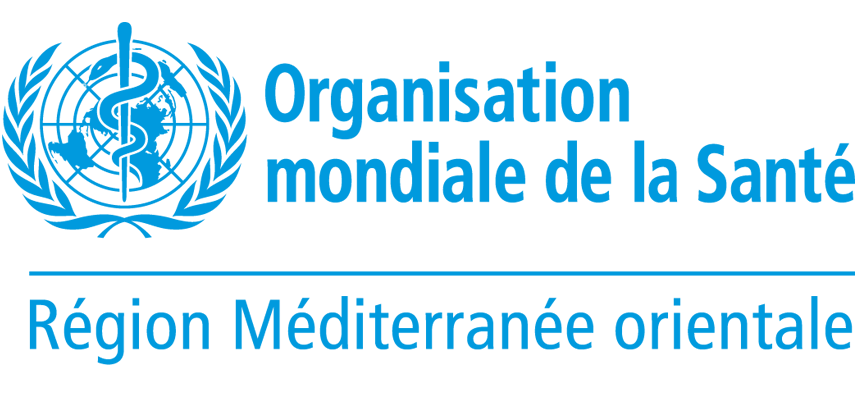WHO addresses health inequities in Syria and ensures improved access to health care for all
27 January 2021 – The raging war in Syria has taken its toll on the country, its citizens and infrastructure. During the decade-long crisis a lot of health facilities endured destruction. According to the WHO Health Resources and Services Availability Monitoring System (HeRAMS) for September 2020, about 51% of Syria’s hospitals as well as 52% of public health centres were either completely out-of-service or partially functional. Consequently, vulnerable communities were deprived of their fundamental right to have access to quality health care.
As a lead agency advocating for health for all and by all, and given the increased needs to respond the COVID-19, the World Health Organization, with the continuous support of donors, has supported rehabilitating some of the most damaged health care centres across the country. By building back the health centres, WHO and its partners aim to bring quality and affordable services closer to the people, a step towards universal health coverage.
In 2020, with a generous contribution from the people of Japan, WHO completed the renovation of 2 public health centres in Kadi Askar and Masaken Hanano districts in Eastern Aleppo. The health centres provide primary health care services to thousands of residents in that area.
“Rehabilitation of a public health care centre is one of the key elements in providing essential services for returnees and vulnerable population. The enhanced access to health care spared them the hardship of reaching out for treatment elsewhere, alleviated additional financial burdens, and saved their dignity,” expressed Dr Fadi passionately, a young doctor who is eager to restart his practice at Masaken Hanano primary health care centre.
Moreover, as the destruction in Homs and its suburbs became overwhelming, generous support from the Government of the Russian Federation helped to rehabilitate public health centres in northern Homs. Four health centres have been renovated in Jaboureen, Tir-Maaleh, Kafr-Nan, and Taldu. The rehabilitation of the health centre has come as a major step towards reviving the availability of health services in this area providing primary health services, vaccination, reproductive health and nutrition surveillance. “This step improved the working conditions of medical staff and allowed them to serve people in community. Now rural residents do not need to travel long distances to urban centres to secure medical support,” stated Dr Msallam Atassi, Director of the Directorate of Health in Homs.
COVID-19 further exacerbated the disparities that persist within different governorates and widened the gaps even further.
“The destruction inflicted on the public health system in Syria is unprecedented. WHO will continue expanding partnerships to avail health services to people, closer to their homes; it is their natural right,” stated Dr Akjemal Magtymova, WHO Representative in Syria. “WHO commits to advancing health coverage for all, especially the most vulnerable, whether living in disadvantaged rural or urban areas,” said Dr Akjemal.
In 2021, WHO will continue helping to restore the health services for thousands of Syrians and building back their future.
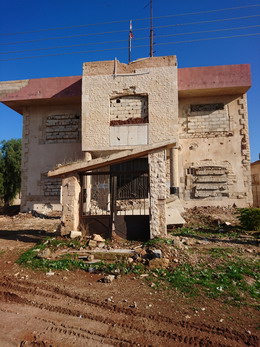 |
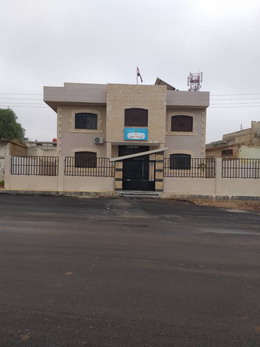 |
||
| Photos showing the primary health care centre in Tir-Maaleh in Homs, before and after the WHO-supported rehabilitation. Photos: WHO/Syria | |||
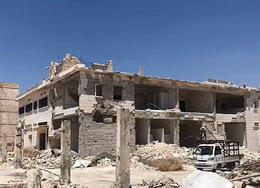 |
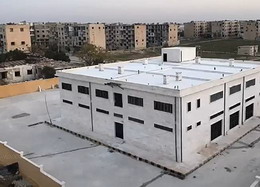 |
||
| Photos showing the primary health care centre in Masaken Hanano in Eastern Aleppo before and after the WHO-supported rehabilitation. | |||
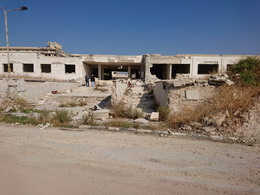 |
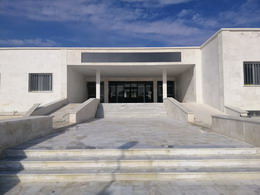 |
||
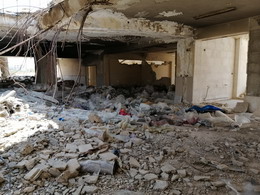 |
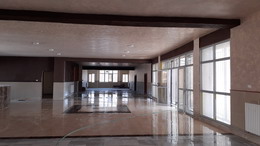 |
||
| Photos showing the primary health care centre in Kadi Askar in Eastern Aleppo before and after the WHO-supported rehabilitation. | |||
WHO addresses core capacities to ensure a better COVID-19 response
22 December 2020, Damascus, Syria – Dr Akjemal Magtymova, WHO Representative in Syria, along with Dr Ahmad Khleifawi, Syrian Deputy Minister of Health, chaired a meeting for national and international health sector partners to review the findings of the recent Intra-Action Review (IAR) meeting, improve the current strategies and strengthen the collective response to COVID-19.
Earlier in December 2020, WHO and the Ministry of Health organized a multisectoral IAR meeting to identify best practices, gaps and challenges in addressing the COVID-19 emergency in Syria. The 3-day meeting provided a unique platform to discuss major COVID-19 response pillars and established a base for strengthening the health security.
The response in conflict-affected Syria with disrupted health systems posed special challenges to the COVID-19 response. Highlighting the negative impact of COVID-19 on the lives and livelihoods of individuals, as well as the economy, Dr Akjemal stated in her opening remarks that “focusing on strengthening testing and treatment capacities constitutes response priorities in Syria.” She added that existing strategies should be constantly updated to adapt to the changing epidemiological situation. While acknowledging the tremendous efforts the Syrian Ministry of Health has made amid the unprecedented COVID-19 emergency and substantive contributions of partners, Dr Akjemal expressed her appreciation and commended “the selfless work of the dedicated individuals and teams who have worked so diligently to strengthen the health system for COVID-19 response.”
WHO Regional Director's statement on his mission to Syria
 8 November 2020 – I recently returned from a 4-day mission to Syria, where I met with officials at all levels, health workers, partners, academia, and others to learn more about the overall health situation, find new ways of working together to strengthen service delivery, protect Syrians from current threats, and help strengthen the devastated health system.
8 November 2020 – I recently returned from a 4-day mission to Syria, where I met with officials at all levels, health workers, partners, academia, and others to learn more about the overall health situation, find new ways of working together to strengthen service delivery, protect Syrians from current threats, and help strengthen the devastated health system.
I met frontline health workers and patients in Damascus, Homs and Hama, including 6-year-old Jaafar, who depends on dialysis sessions 3 times a week at a WHO-supported NGO-run health care centre in Homs to stay alive and grow up. Doctors at the same centre told me of a single mother of 2 blind boys who had waited 2 years for a heart angioplasty, and was finally able to have this life-saving operation only last week.
At the Children’s Hospital in Damascus, I visited the new emergency department rehabilitated by WHO with support from Japan, which sees on average 300 children a day. There, I saw dedicated staff receive patients referred from throughout the country with burns, injuries and life-threatening infections.
Throughout my time in Syria, I met doctors, nurses, and other health staff who had braved years of working under threat of attack during the war, and yet stayed to save lives despite few resources. “We used to serve our people in normal times; imagine what we have faced, and what we are facing now,” one doctor told me.
At WHO, we talk about the resilience of health systems, and their importance in ensuring the health and well-being of all people, especially during crises. But in Syria, I saw the resilience and positive spirit of people who have not given up, and who – despite almost a decade of despair – are determined to restore their country to peace and prosperity.
But devastation due to war is still evident in Syria, and new complexities – such as COVID-19 – have added to the burdens of people already fatigued by the ongoing conflict, disease outbreaks, and natural disasters, including the recent wildfire that have destroyed livelihoods of many.
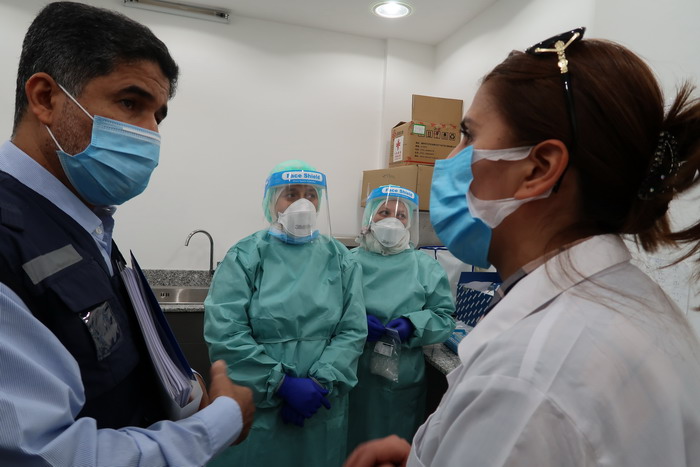 Half of all health professionals are still outside the country, only 48% of public hospitals and 48% of primary health care centres are fully functional. Health workers, medical supplies, equipment and medicines are still in short supply. Almost one fifth of locally produced medicines are becoming unavailable due to the effect of the economic crisis on local pharmaceutical production.
Half of all health professionals are still outside the country, only 48% of public hospitals and 48% of primary health care centres are fully functional. Health workers, medical supplies, equipment and medicines are still in short supply. Almost one fifth of locally produced medicines are becoming unavailable due to the effect of the economic crisis on local pharmaceutical production.
People are suffering and dying due to lack of medicines for conditions such as hypertension, diabetes and kidney failure. Poor-quality equipment used over 2 shifts day and night is being stretched to the limit due to high demand and constraints in importing spare parts; sanctions have aggravated an already difficult situation, affecting all people and all sectors, especially the health sector.
Skilled doctors are desperate for resources that will allow them to perform life-saving surgeries and other medical procedures. Medical students are determined to serve their country yet are frustrated at the many gaps they will face as front-line providers.
Having survived war, hunger, and disease, the Syrian people now have another threat looming over them: like many countries around the world, we expect another wave of resurgence of COVID-19 cases in Syria.
As we continue to deliver supplies and expand testing capacity throughout the country through “all-modalities” approach, I saw high-level commitment across all levels of partners and all sectors for controlling the pandemic in line with WHO recommendations. However, testing capacity remains limited, adherence to mask use and physical distancing by the public remains low, and health workers remain at high risk due to lack of personal protective equipment.
The people of Syria have a long, hard road ahead. But despite the destruction and deprivation, there is enormous resilience and encouraging hope. We are with all Syrians every step of the way, especially the most vulnerable, in whatever circumstances they find themselves Despite all challenges, they have managed to maintain a basic level of health care that we can build on with support from the international community and our committed partners, within the country and beyond.
WHO Regional Director for the Eastern Mediterranean hands over medical supplies during his visit to Syria
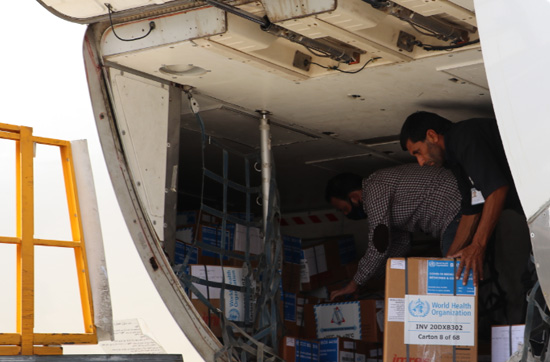 24 October 2020, Damascus, Syria – A chartered aircraft has landed in Damascus International Airport from the WHO's logistics hub in Dubai, carrying WHO supplies to support the health response in Syria. The 8.8-ton shipment includes medical kits and medicines for almost 2000 beneficiaries and enough personal protective equipment to protect more than 4000 health care workers.
24 October 2020, Damascus, Syria – A chartered aircraft has landed in Damascus International Airport from the WHO's logistics hub in Dubai, carrying WHO supplies to support the health response in Syria. The 8.8-ton shipment includes medical kits and medicines for almost 2000 beneficiaries and enough personal protective equipment to protect more than 4000 health care workers.
“Health care workers are the backbone of any health system, and protecting them is protection for us all,” said Dr Al-Mandhari, WHO Regional Director for the Eastern Mediterranean Region, who handed over the supplies to health authorities soon after he arrived in Damascus today for a five-day mission.
“These supplies will strengthen the health sector’s response against COVID-19 across Syria. One of our main priorities is to take measures to maintain the safety of all medical staff and front-liners in health facilities who are sparing no effort to respond to this pandemic despite the challenges on the ground,” Dr Al-Mandhari added.
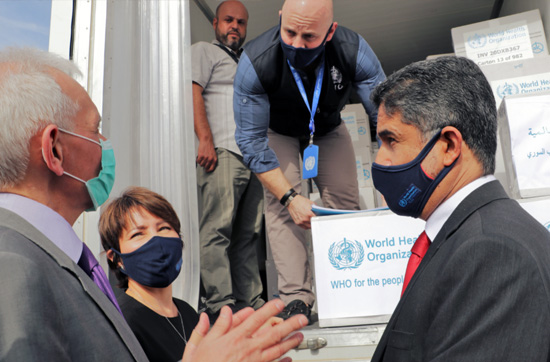 The humanitarian shipment arrives at a critical time, when Syria, like many countries in the Region, is expecting a surge in the number of COVID-19 cases. As part of preparedness and response, WHO is working closely with all partners to strengthen surveillance, enhance testing and laboratory capacity, support health services, and ensure the delivery of life-saving medicine and equipment.
The humanitarian shipment arrives at a critical time, when Syria, like many countries in the Region, is expecting a surge in the number of COVID-19 cases. As part of preparedness and response, WHO is working closely with all partners to strengthen surveillance, enhance testing and laboratory capacity, support health services, and ensure the delivery of life-saving medicine and equipment.
As a result of the 10-year conflict and its impact on the national health system, WHO classifies Syria among high-risk countries in the Region, due to devastated health infrastructure and limited availability of health care services. International sanctions further hinder Syria’s national capacity to cope with the COVID-19 pandemic, causing an unprecedented socioeconomic burden on the Syrian people.
